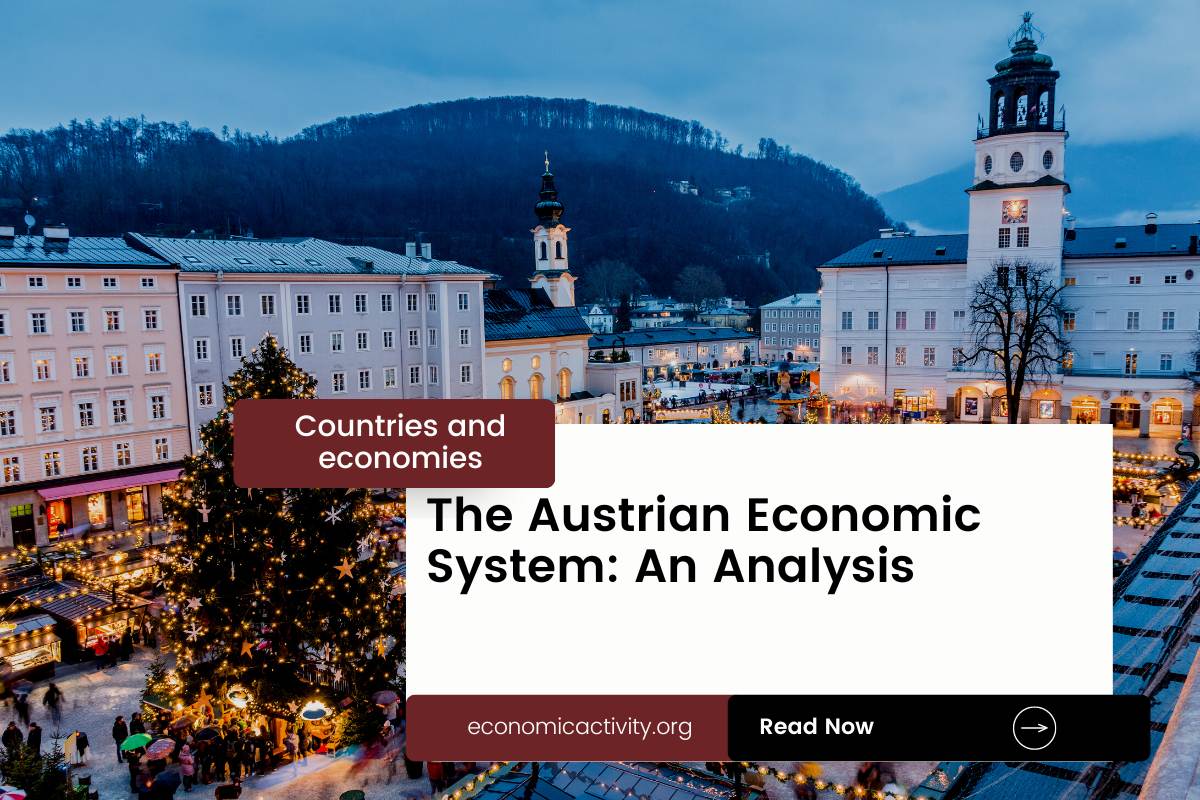What is the economic system of Austria? The economy of Austria is based on a mixed economy, that resembles a market economy. The country’s economic system combines elements of a market economy and a planned economy, individuals are free to work, produce, consume, and invest in any way they please.
In Austria, the economy is composed of a private sector, consisting of individuals and businesses that make autonomous decisions based on self-interest, and a public sector, where the state determines the production and distribution of certain goods and services. No country is purely capitalist or purely communist.
What do the freedom indexes tell about the economic system of Austria?
Now, to determine if a country is mostly a market economy or a planned economy, it is useful to examine some economic indexes. For instance, according to the 2022 Index of Economic Freedom, which measures the ability of every human to control his own labor and property, Austria is ranked 22nd globally and 15th in Europe indicating that the country has a mostly free economy.
In a similar way, the 2022 Freedom House index evaluates the state of political rights and civil liberties globally. Generally, market economies tend to align more with democracy and freedom, while command economies tend to be characterized by greater state control and fewer democratic and civil liberty protections. Austria gets a score of 93/100, which qualifies it as free. Austria is a country where the government does not control what people do for political reasons, and people have the freedom to choose (what, how much, and how to produce, whether to buy or not, selling price, etc.)
The Link Between Public Sector Employment and the Economic System of Austria
An indicator of the extent to which the State is involved in the economy is the number of public sector employees. In Austria, according to ILOSTAT, the number of public sector employees as a percentage of the total workforce is 3.9% (2020).In the country, the public sector tends to be small and efficient. As result, the number of public sector employees as a percentage of the total workforce is low compared to other countries.
What does the biggest company in Austria say about the country’s economic system?
The biggest company in Austria should also be looked at, as well as whether it is a state-owned or private company. In this case, The OMV Group from Austria is categorized as a mixed private-public sector company. It is owned by private and public shareholders, making it a hybrid of the two sectors.
More: Top 10 Biggest companies by revenue in Austria
The historical factors that have influenced the economic system of Austria
Austria’s mixed economy system is the result of a combination of free-market capitalism, state-owned enterprises, and government intervention. This system has been developed over the last century through a combination of factors, including the influence of the European Union, the implementation of social safety nets, and the introduction of new technologies and industries.




Leave a Reply